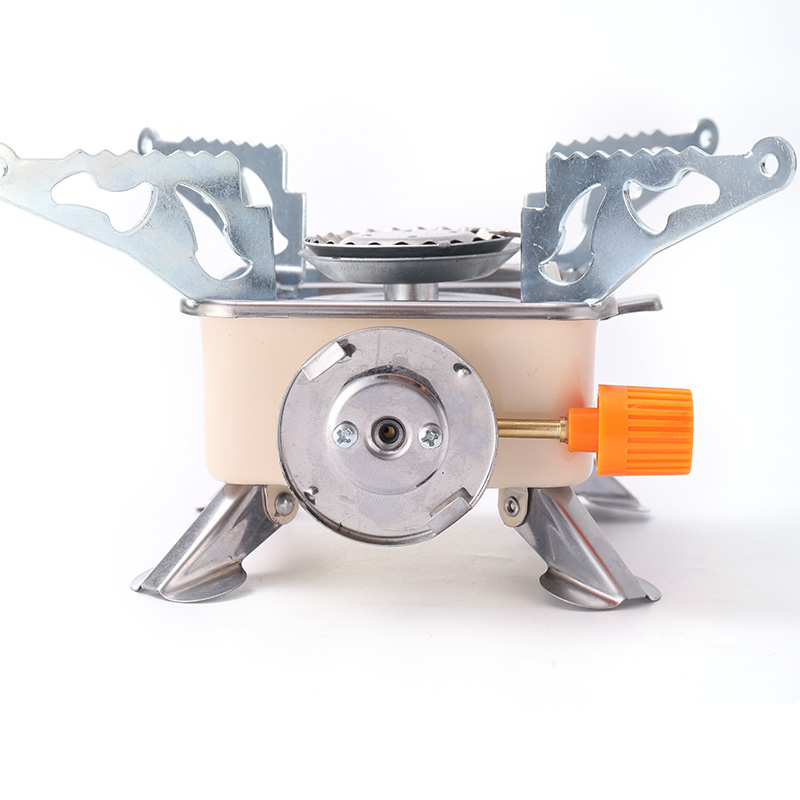Nothing ruins a back-country sunrise faster than the hiss of leaking fuel or, worse, the whoosh of unexpected flame. Yet every season search-and-rescue teams respond to burns and carbon-monoxide incidents that were 100 % preventable. Below are the five many ignored safety rules surrounding a portable camping stove—each followed by the simple habit that takes thirty seconds but can save your trip, or your life.
“I’ll smell a leak before it lights.”
Reality: Butane and isobutane are almost odorless until the mercaptan additive reaches your nose, by which time gas has already pooled under your vestibule. Habit: Before every trip, brush soapy water around valve threads and watch for bubbles; retighten or replace any canister that fails the test.
“It’s just a small stove; I can use it inside the tent vestibule.”
Reality: A single 100 g canister emits up to 200 L of carbon monoxide when fully burned, enough to push CO levels inside a two-person tent past 1,000 ppm in five minutes—ten times the danger threshold. Habit: Cook at least 6 ft downwind from fabric walls and never zip the door until the stove has cooled.
“Windscreens are only for efficiency.”
Reality: A tightly wrapped windscreen can trap heat against a fuel canister, raising internal pressure until the relief valve vents flammable gas. Habit: Leave a 1-inch air gap on the side opposite the valve and never run a stove unattended, even for 30 seconds.

“Leftover canisters are souvenirs.”
Reality: A half-full 8 oz canister is still a DOT-regulated hazardous material; airlines will confiscate it, and trash-compactor trucks have exploded when cylinders rupture. Habit: Punch the empty with an approved Jetboil CrunchIt tool, label it “empty,” and recycle the steel at a local collection site.
“Kids know not to touch.”
Reality: Second-degree burns occur at 131 °F; a stainless burner grate reaches 400 °F in 60 seconds and stays hot for ten minutes after shutdown. Habit: Create a “circle of safety” with a 3-ft perimeter marked by rocks or gear, and delegate one adult to be the “stove guard” until metal temperatures drop below 100 °F.
Extra credit: carry a 3 oz dry-chem extinguisher or at a tight-fitting pot lid that can smother flare-ups. Practice the lid maneuver at home so muscle memory replaces panic if bacon grease ignites.
The beauty of a portable camping stove is its simplicity, but simplicity breeds complacency. Treat these five habits like tying your shoes—automatic, non-negotiable—and your morning brew will remain the only thing steaming at camp.
Copyright © Yongkang Aomijia Industry & Trade Co., Ltd. All Rights Reserved.
Lightweight Camping Gas Stove Cookware Factory
